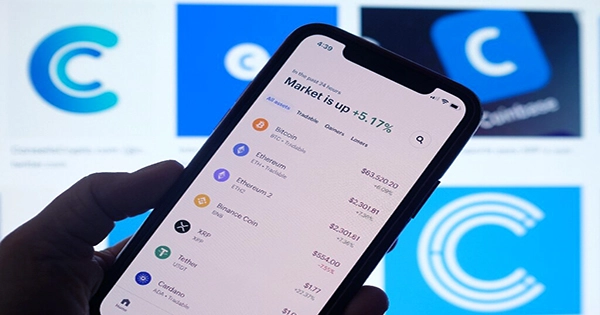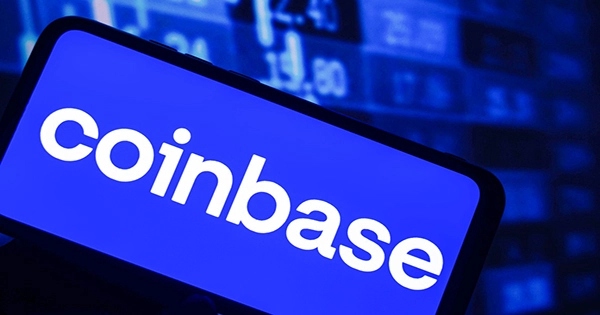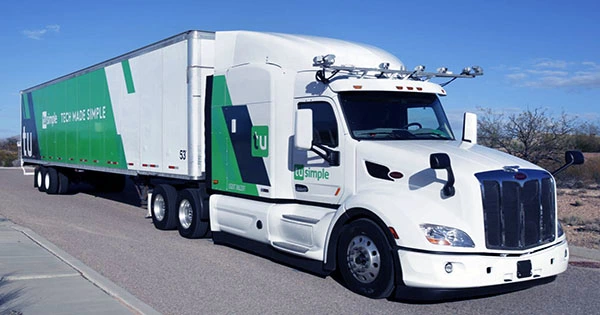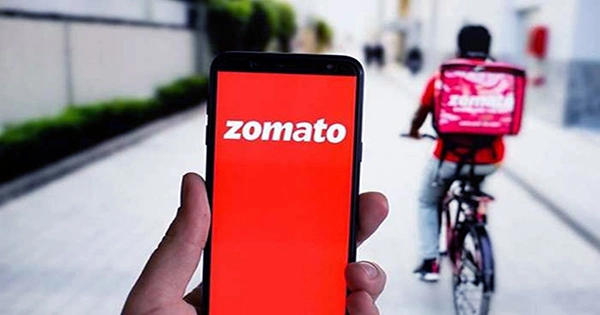The Super Bowl is a historic institution that has become comparable to a national holiday in the United States, as it determines the champions of the National Football League. The Super Bowl commercials are also something to look forward to. The Super Bowl ads, which cost a cool $7 million for a 30-second slot, are a venue to show off everything from the latest movie trailers and TV series to consumer products.
This year has witnessed a rise in bitcoin advertisements, one of which was particularly effective. In fact, it may have been overly effective. Coinbase, a cryptocurrency exchange company, went down after a commercial featuring only a QR code aired.

The commercial was a throwback to the DVD screensavers that used to pop up on a lot of TV screens before streaming became popular. With music playing in the background, a QR code bounced around the screen for approximately a minute, hitting the corner flawlessly. The predicted 90 million watchers combined with an offer of $15 worth of free bitcoin to new sign-ups proved to be a lethal mix that brought Coinbase’s app and website down. They organized their own distributed denial-of-service (DDoS) in some ways, albeit it was not their intention.
People were plainly amused by the irony of spending millions on a Super Bowl ad but not doing enough to ensure your website is robust enough to handle it. The huge number of crypto adverts oddly resembled the dot-com bubble, the lengthy market fall that followed the massive expansion of online enterprises in the late 1990s, according to one online commentator.
Others mocked Coinbase, implying that if it can’t plan for a surge in new users, how can it be trusted with their money? Only time will tell if there is genuinely no such thing as bad press.In January 2000, Super Bowl XXXIV featured 14 adverts from 14 different dot-com companies, each of which spent an average of $2.2 million per spot. In addition, five firms formed prior to the dot-com bubble ran tech-related commercials, and two companies founded prior to gaming ads, for a total of 21 dot-com ads. Nearly 20% of the 61 spots available and $44 million in advertising were taken up by these adverts.
Several corporations acquired pre-game advertising in addition to ads that ran during the game, the majority of which are less well-known. As the dot-com bubble began to implode, all of the publicly traded corporations that advertised saw their stock prices plummet after the game. Because of the large number of dot-com-related advertising, Super Bowl XXXIV has been dubbed the “Dot-Com Super Bowl,” and is frequently referenced as a high-water mark for the dot-com boom. Four of these businesses are still in operation, five have been acquired by other businesses, and the remaining five are either defunct or unknown.
















